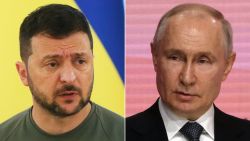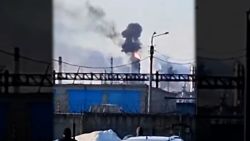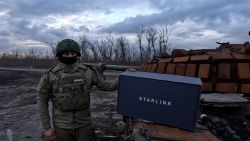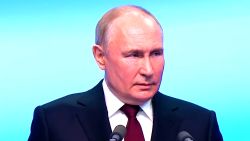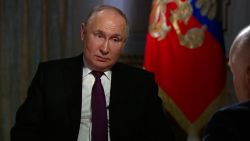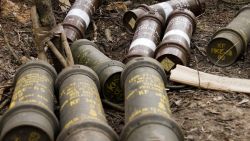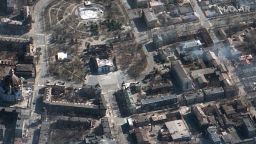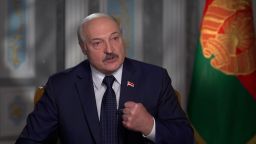On Monday, after intense fighting, Ukrainian forces regained control of Makariv, a town west of Kyiv that had been battered by Russian airstrikes.
It’s tempting to view this small victory for Ukrainian forces as a shift of momentum in the battle for Kyiv: In better times, this suburb would be only an hour’s drive to Khreshchatyk, the capital’s central boulevard.
Kyiv once appeared to be the primary objective of what the Kremlin must have envisioned as a swift regime-change operation. The capital has been rocked by explosions in recent days, but it is far from encircled.
On the Azov Sea, the besieged southeastern city of Mariupol – despite being surrounded and mercilessly pummeled, block by block, by Russian firepower – still eludes Russian control. Its defenders rejected an ultimatum to surrender by Monday morning, thwarting a Russian effort to finalize a land bridge linking Crimea with the separatist republics of the eastern Donbas region.

Nearly a month after Russia launched its invasion of Ukraine, the Ukrainian military has perceptibly shifted its messaging. The Russian military’s advances have been stymied, the Ukrainians say, forcing a shift in Russian tactics.
“Due to the lack of success of the ground phase of the operation, the enemy continues to actively launch missile and bomb strikes on important military and civilian infrastructure using operational and tactical aircraft, high-precision missile weapons and indiscriminate munitions,” the General Staff of the Armed Forces of Ukraine said in a statement Tuesday.
There’s plenty of evidence to suggest that the Russians are taking more of a standoff approach, launching salvos of missiles from outside of Ukrainian airspace.
In a statement released Sunday, Russia’s defense ministry said warships in the Caspian sea launched Kalibr cruise missiles and aircraft launched Kinzhal hypersonic missile systems from the airspace over Crimea. Those missiles targeted what the Russians described as a large storage base for fuels and lubricants of the Ukrainian military near the settlement of Kostyantynivka, in the southern Mykolaiv region.
Separately, the Russian military said Kalibr cruise missiles were fired from the Black Sea, targeting a workshop for the repair of Ukrainian armored vehicles. Russian precision missiles also targeted what Russia described as a Ukrainian military training center near the settlement of Ovruch, in the northern Zhytomyr region.

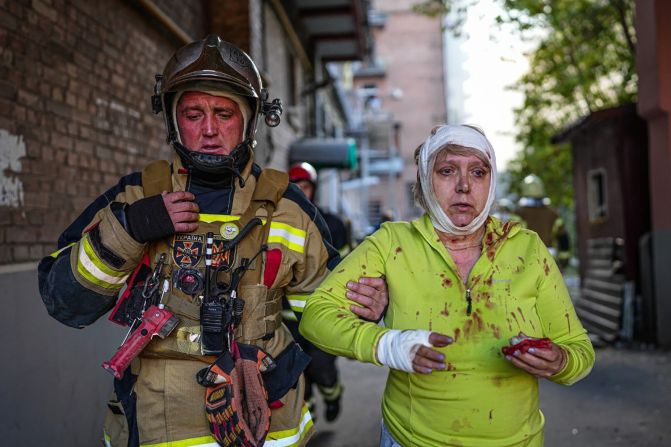
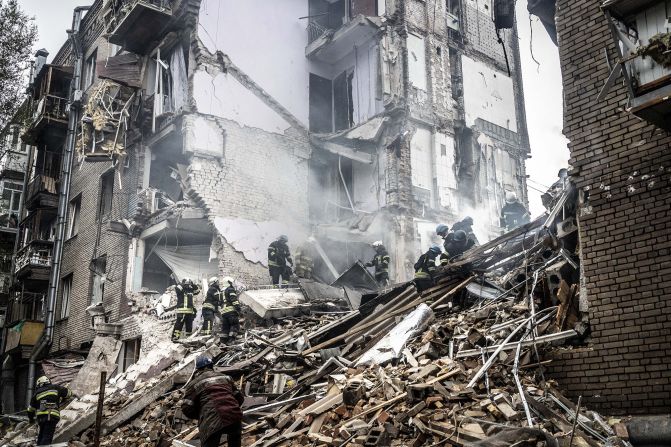

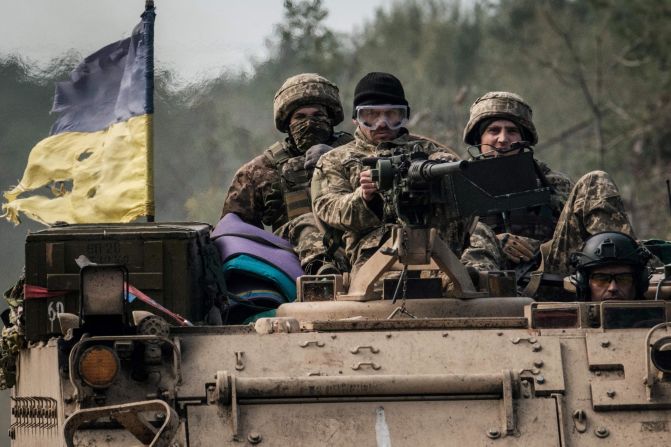
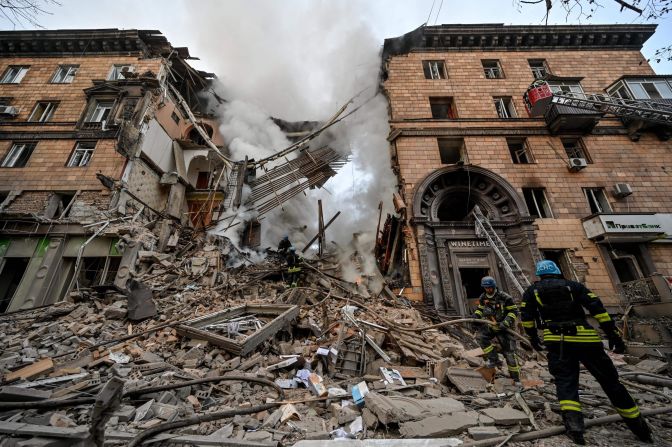
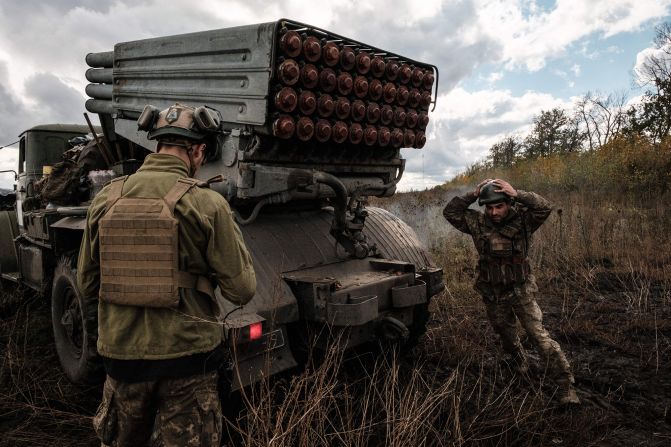


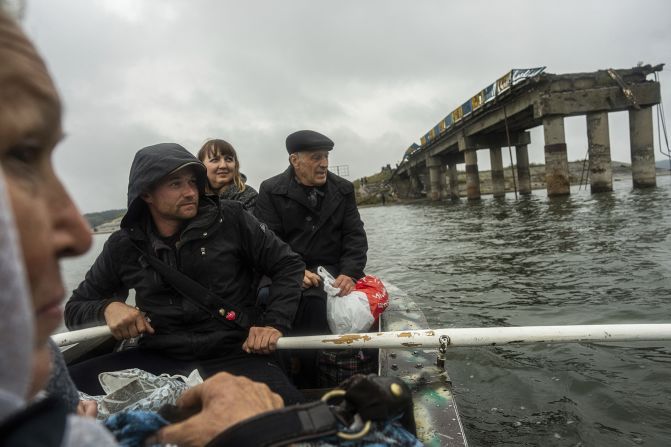


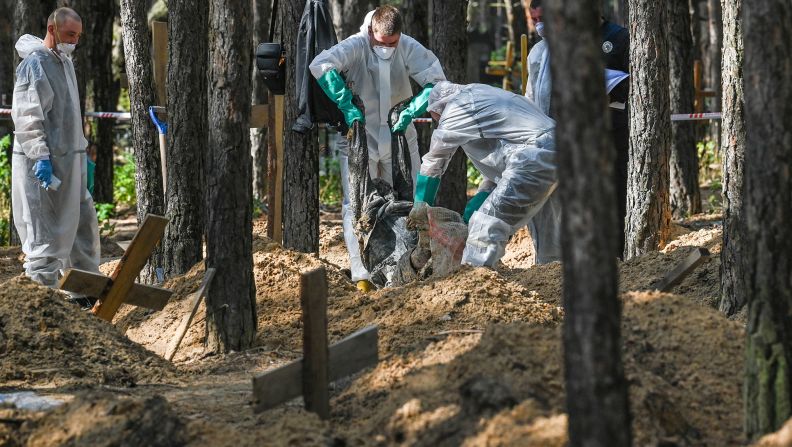

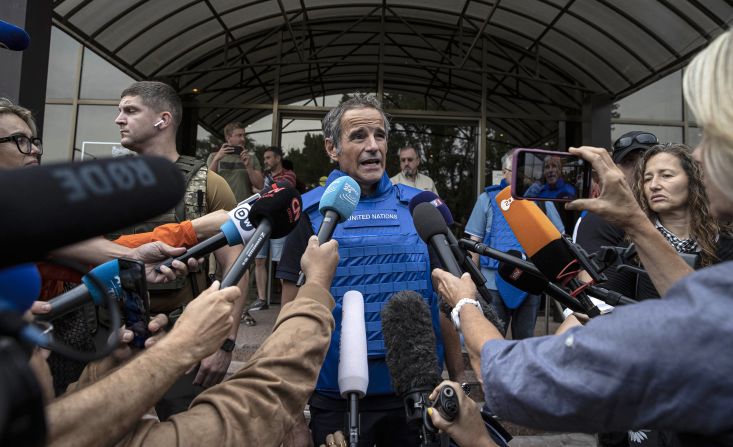
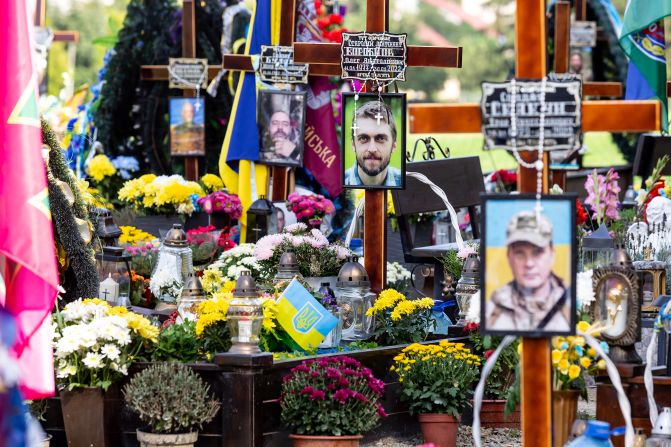
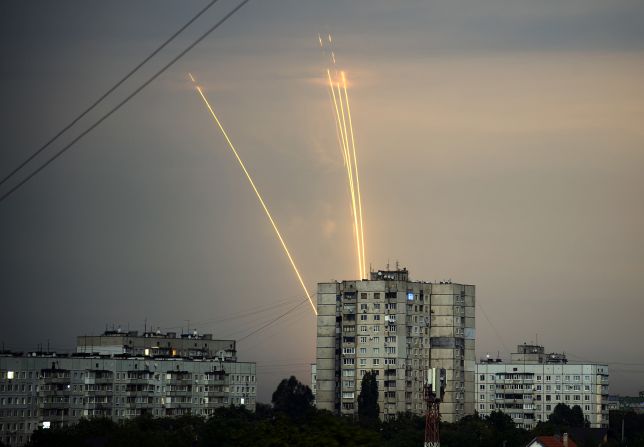

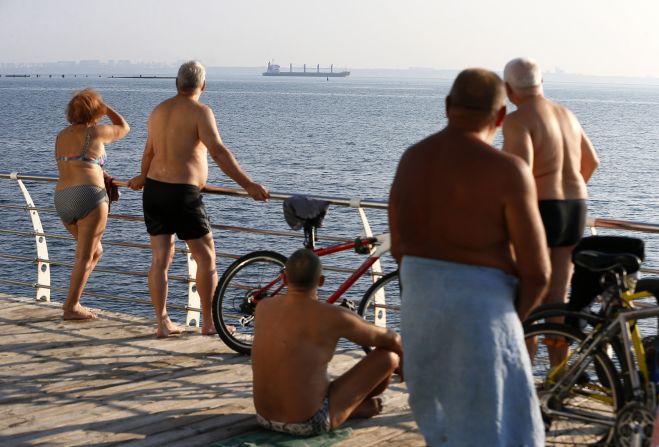
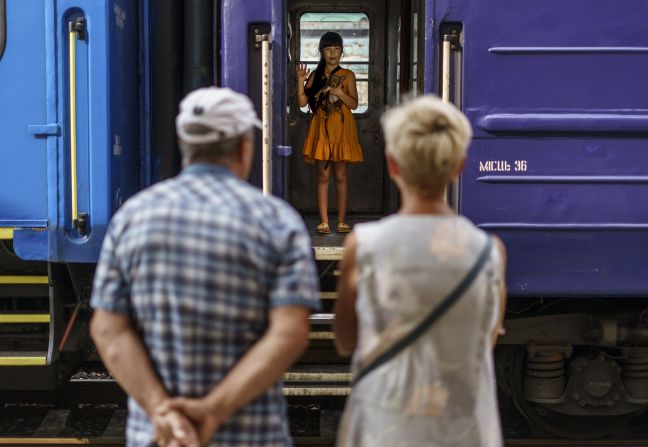
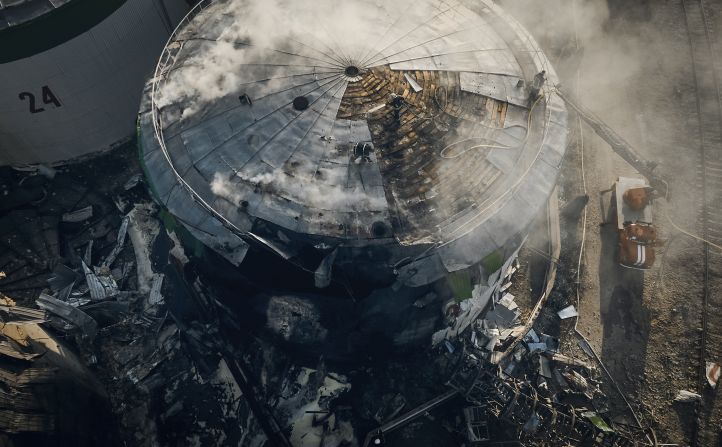
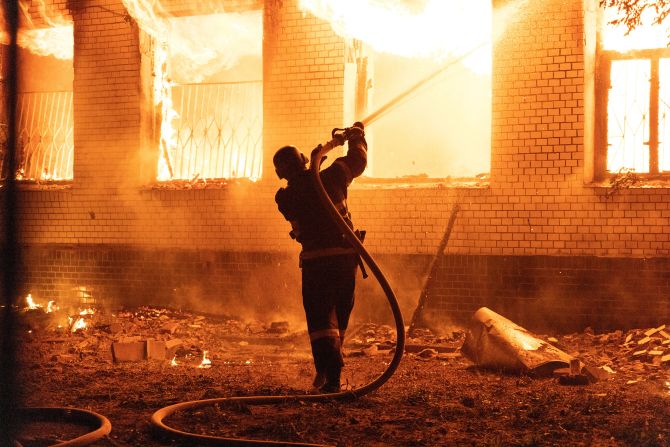

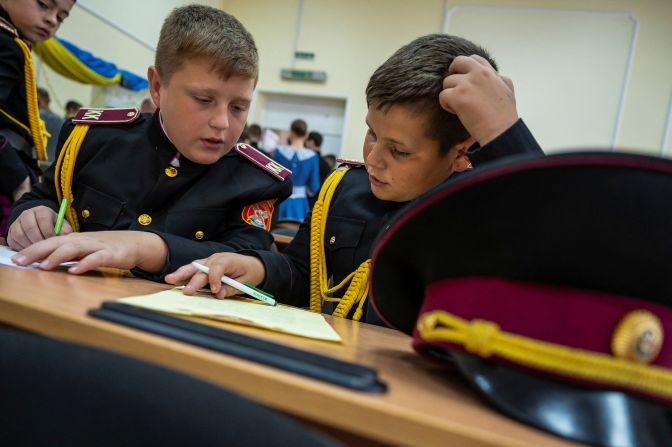
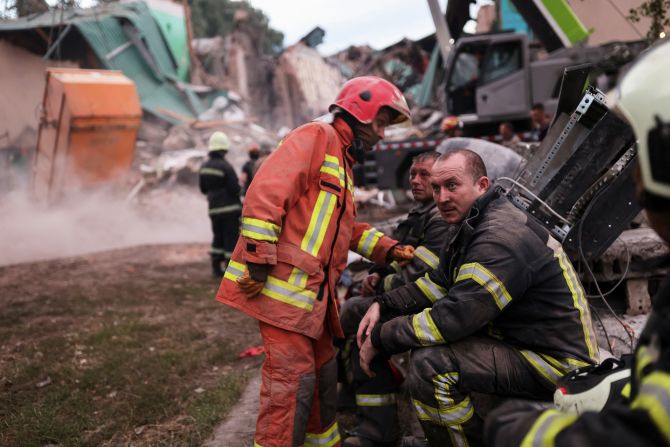
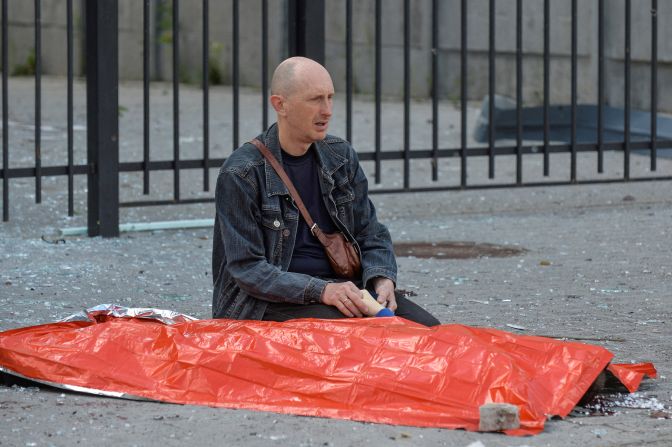

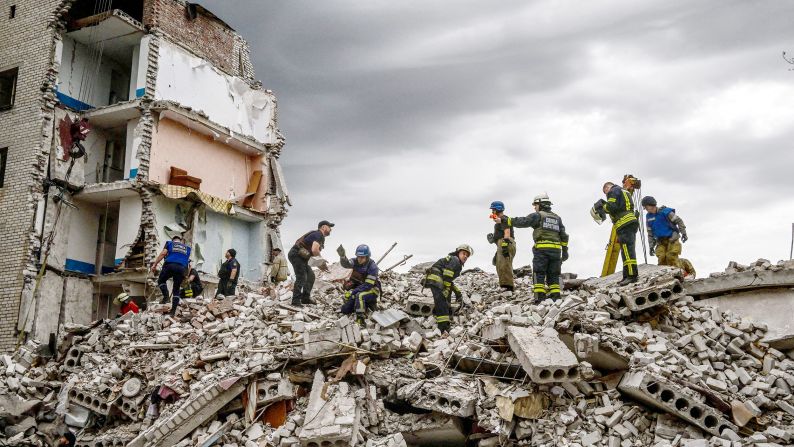
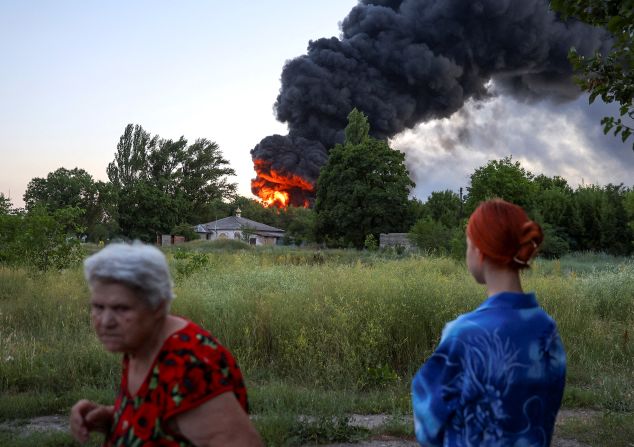
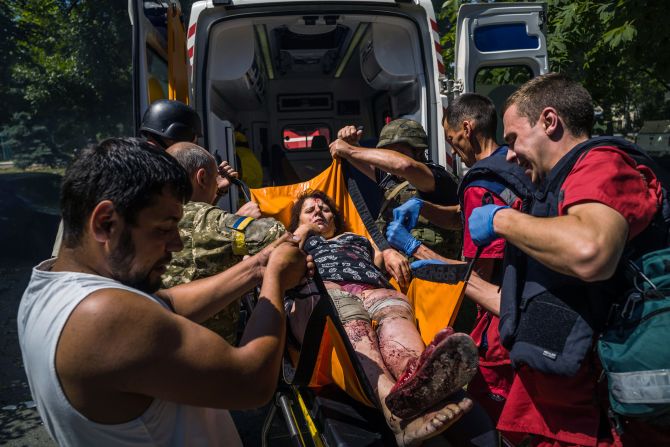
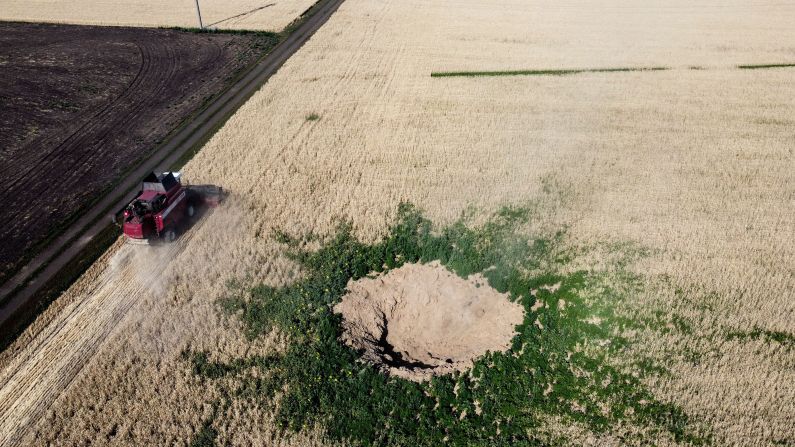
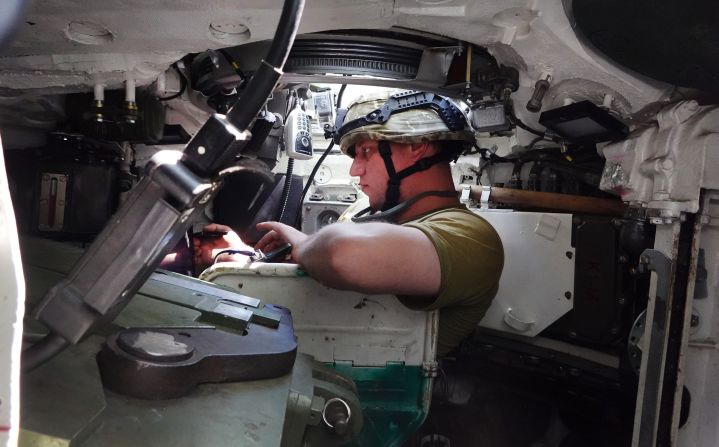
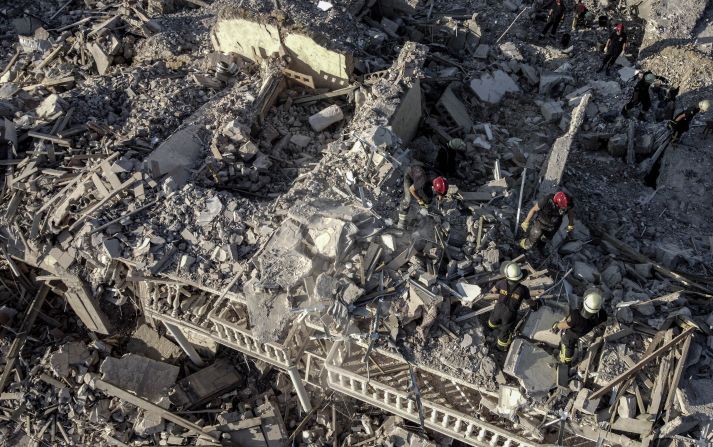
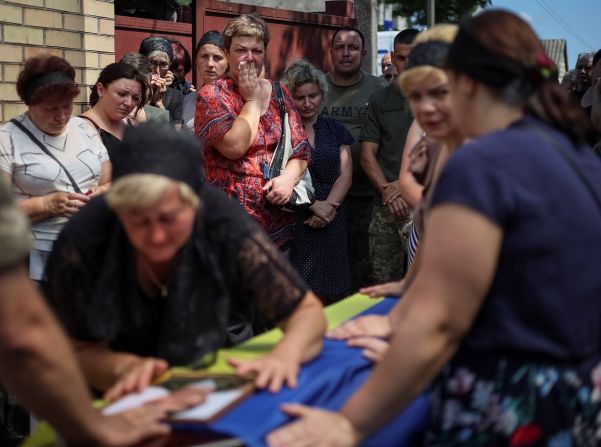

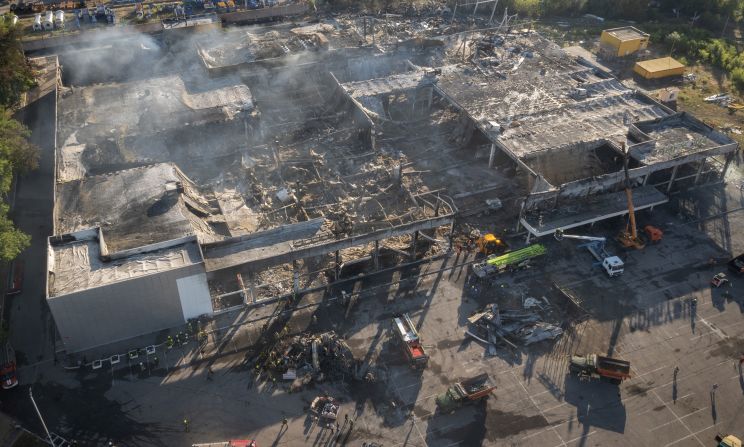
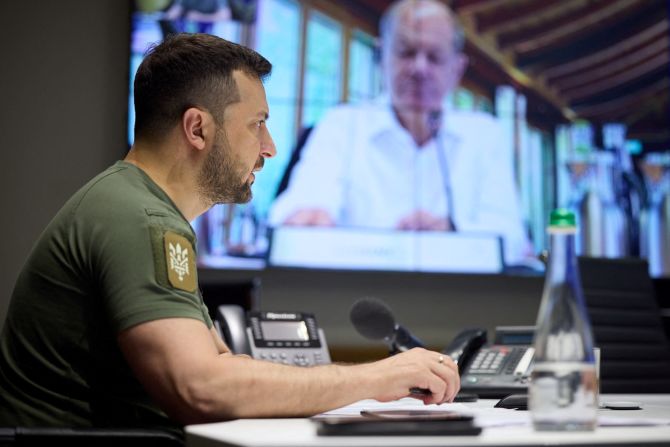
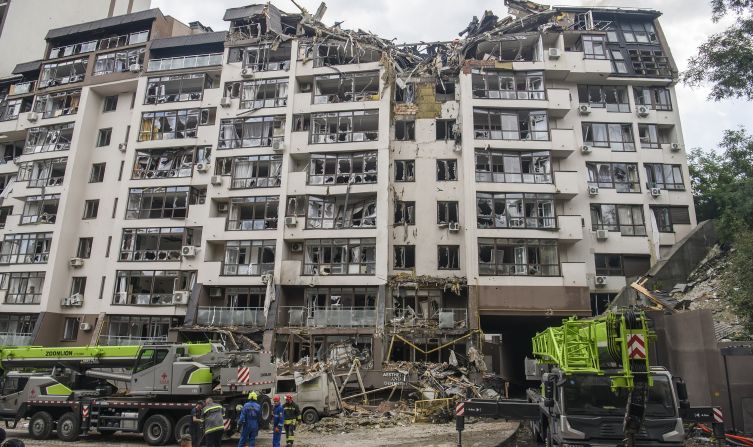
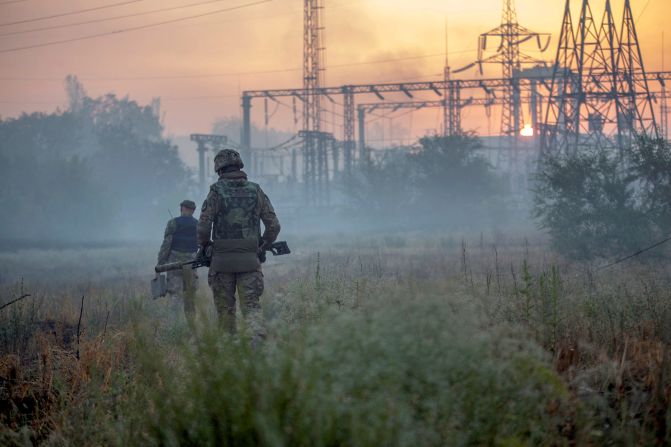
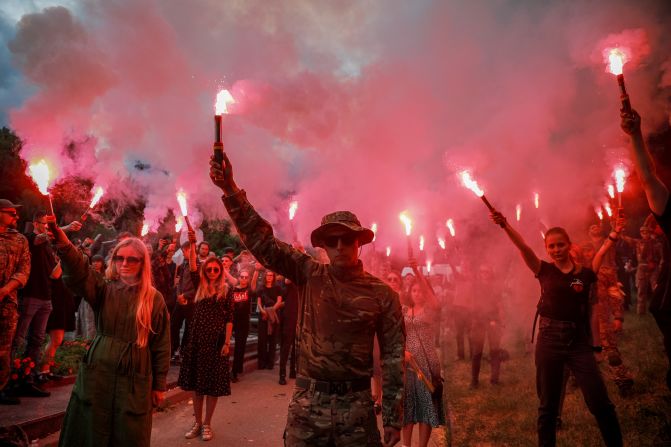
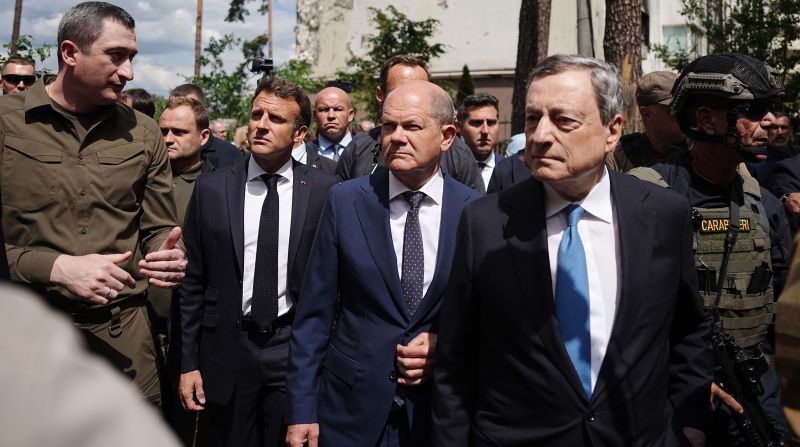
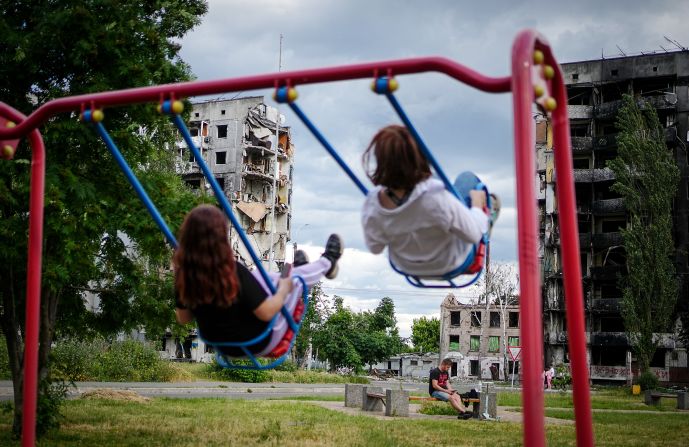
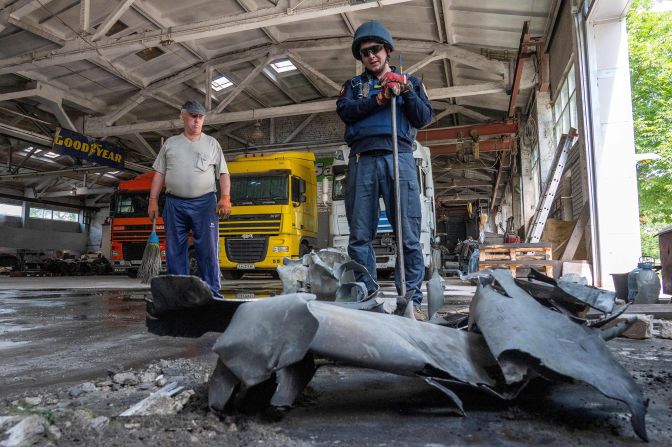
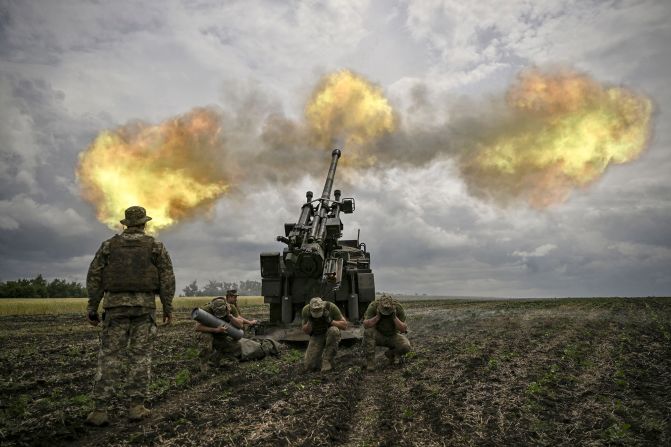
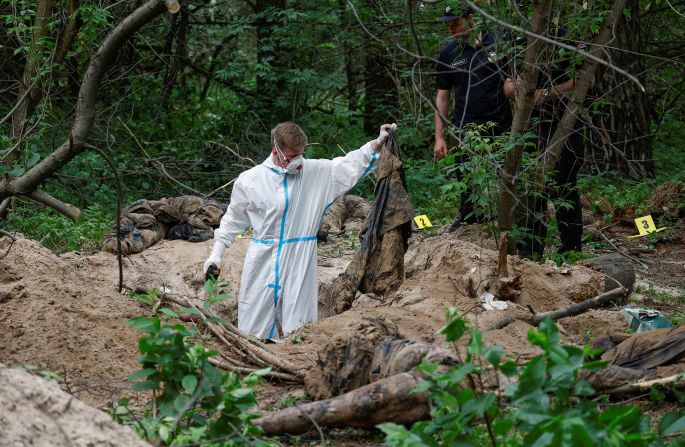
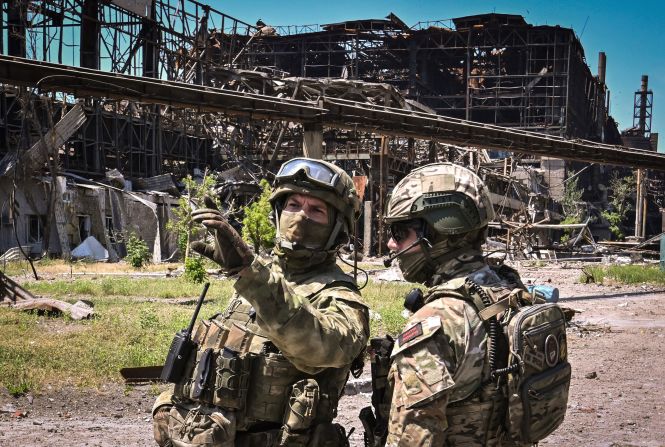
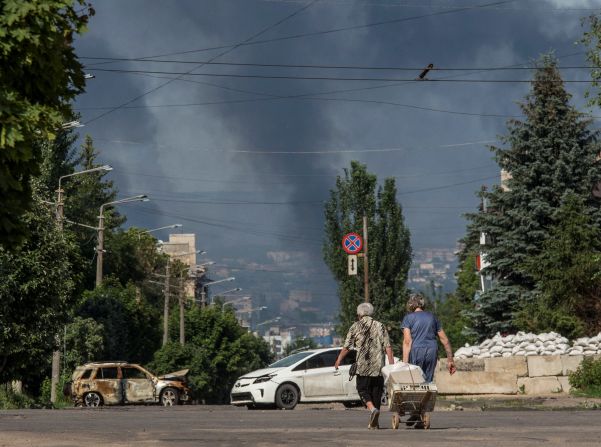
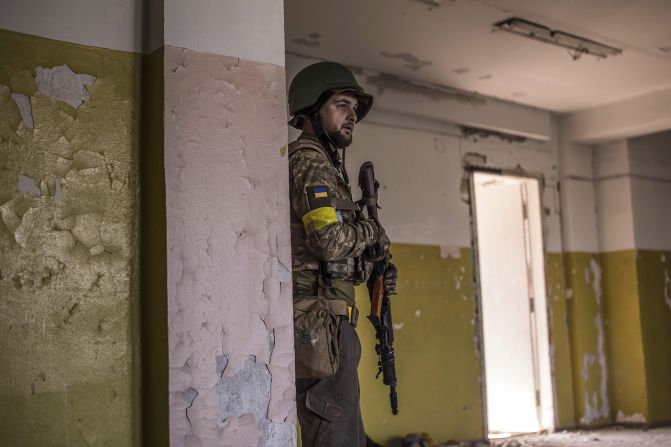
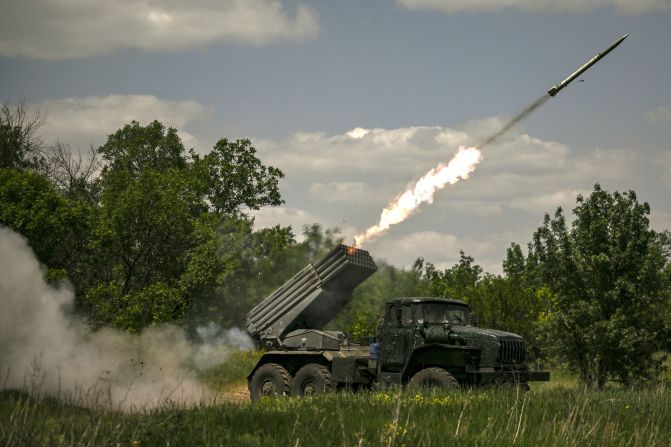
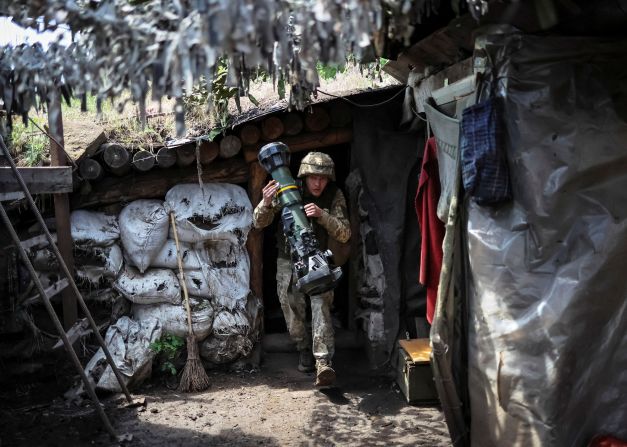
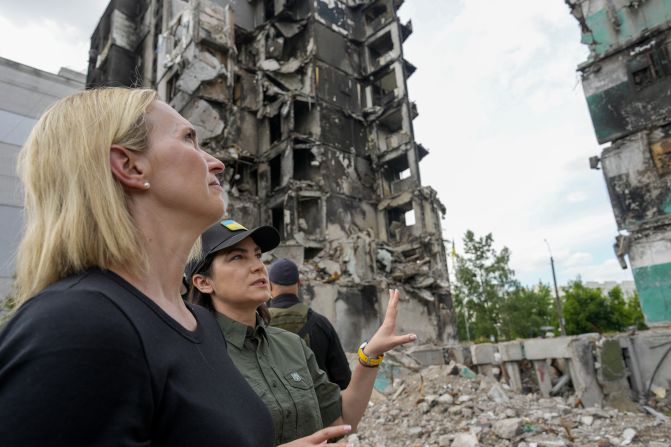
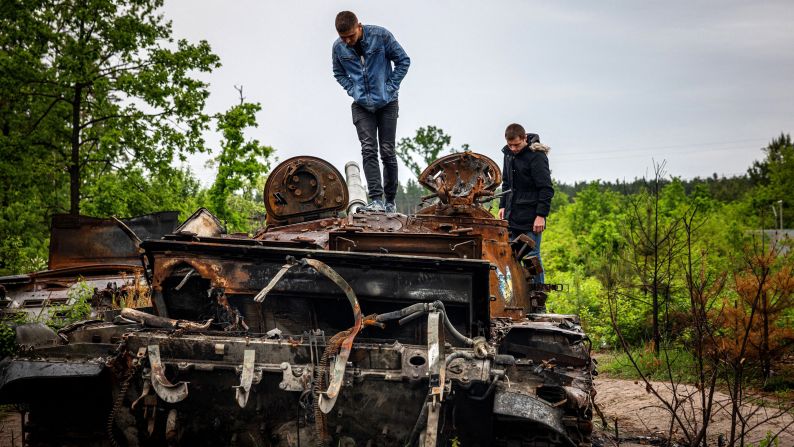

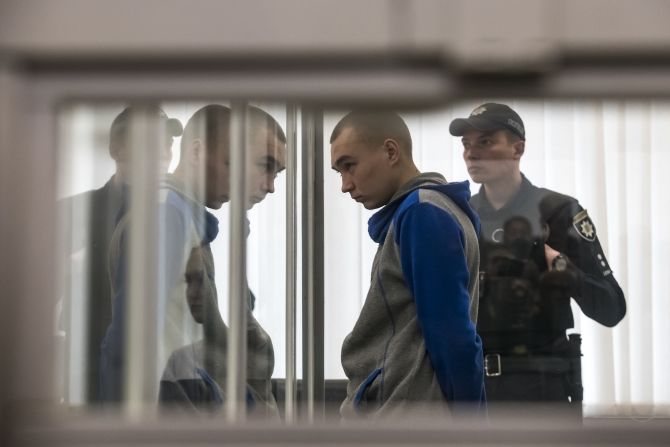
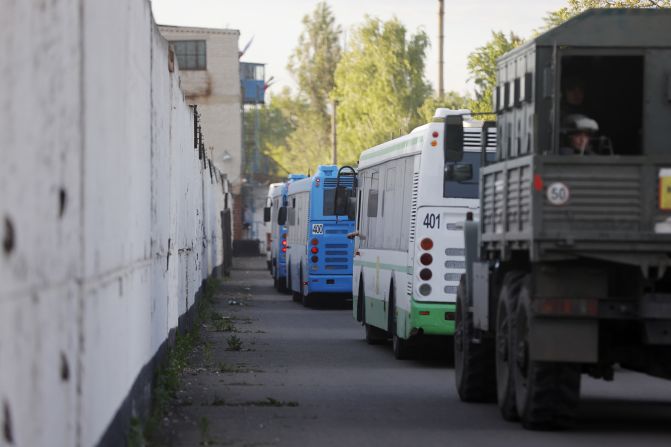
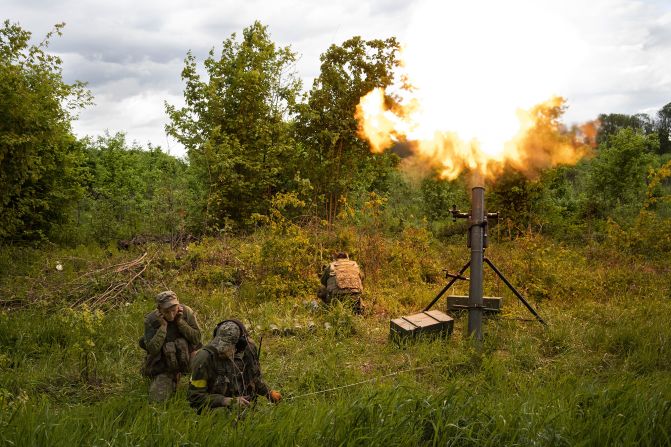

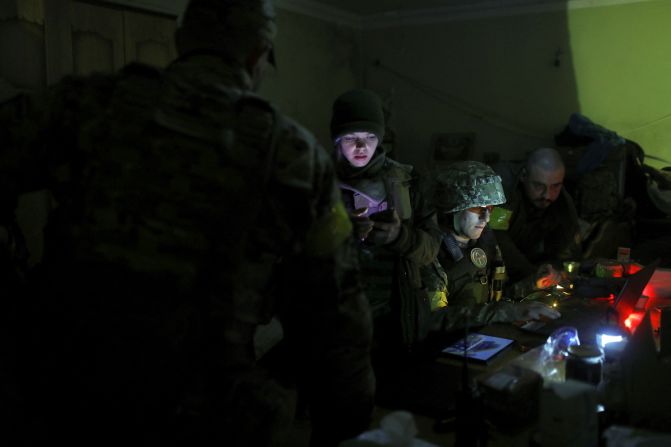
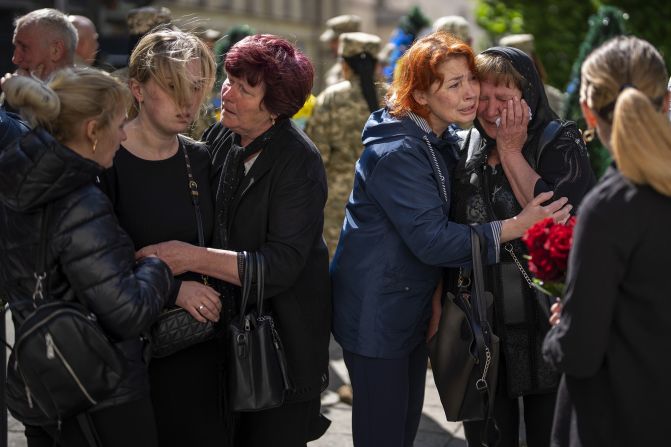
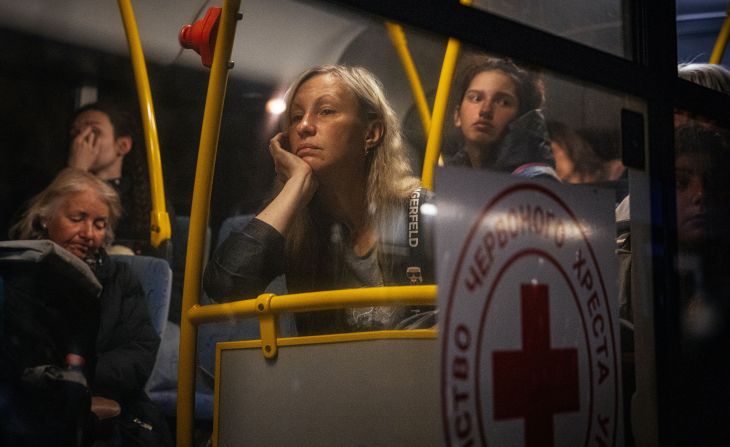

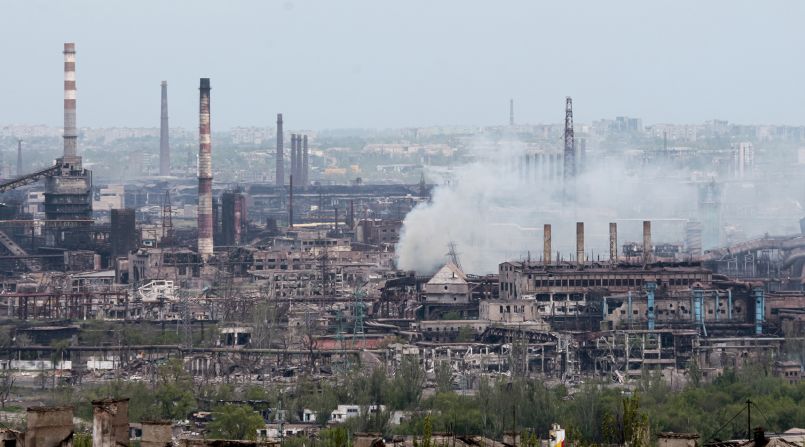
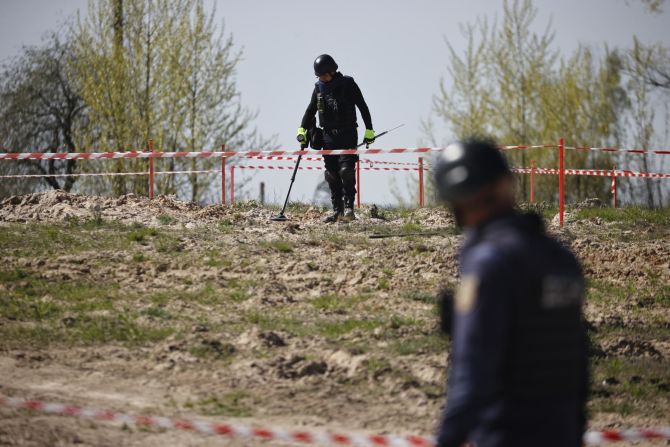
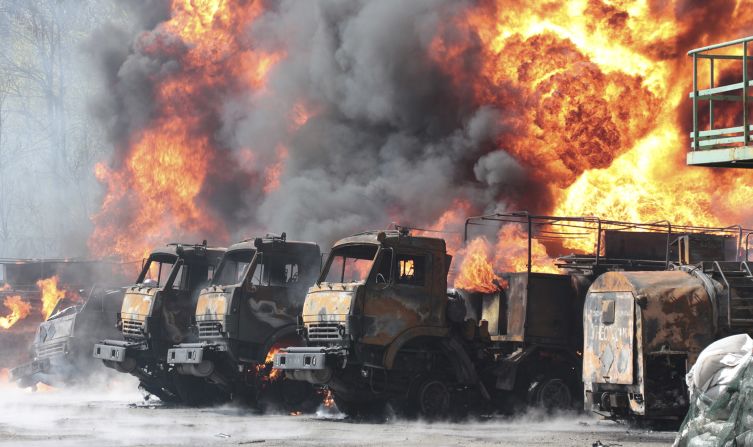
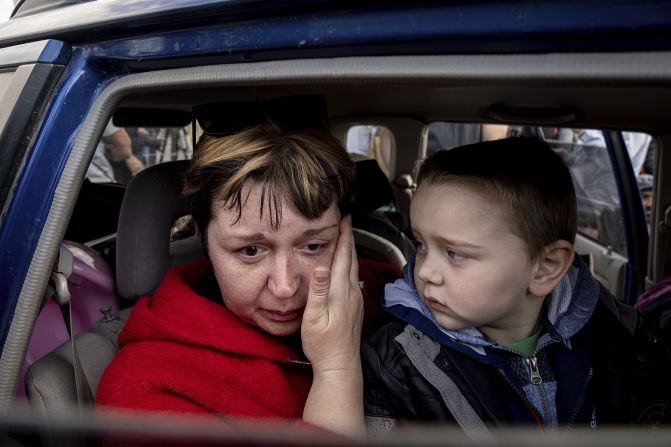

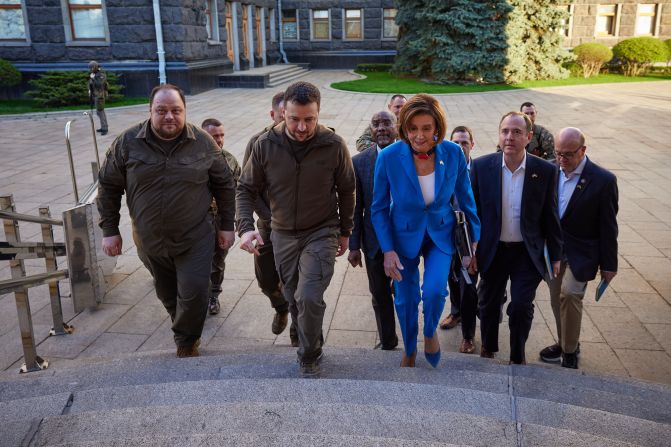
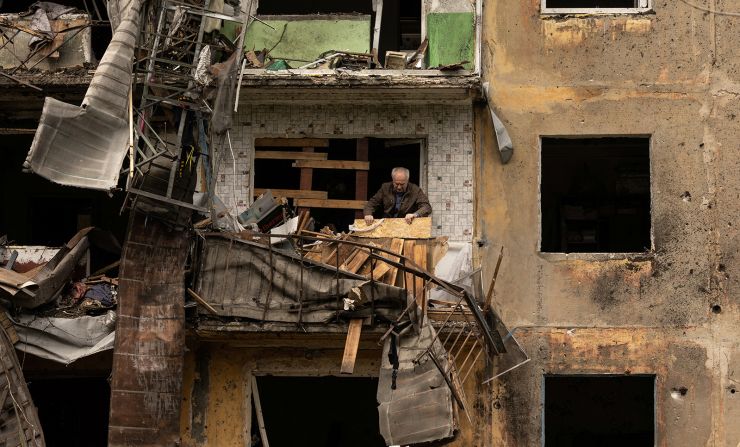
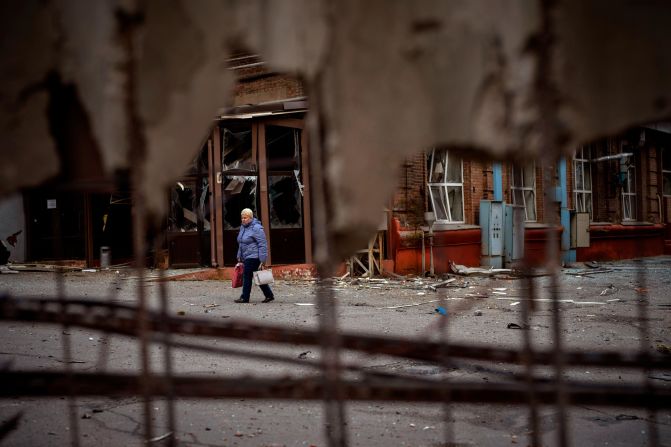


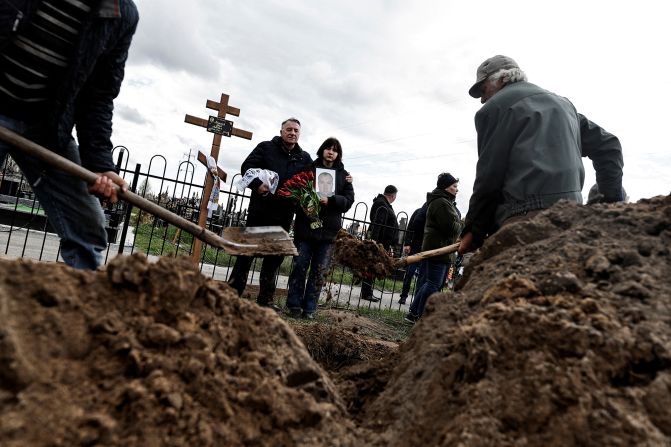
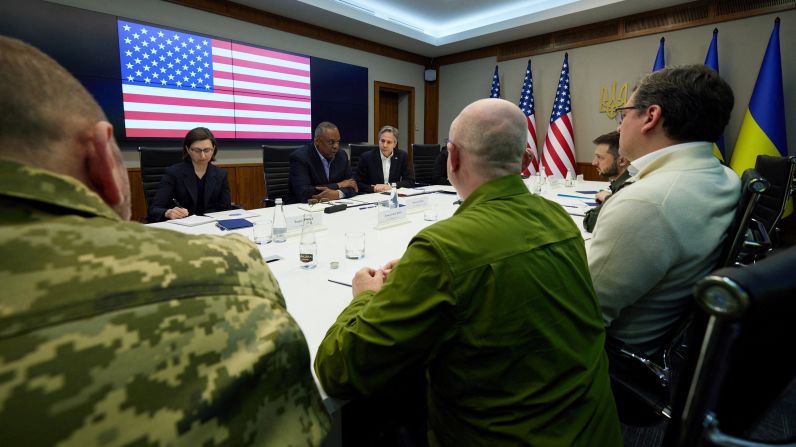
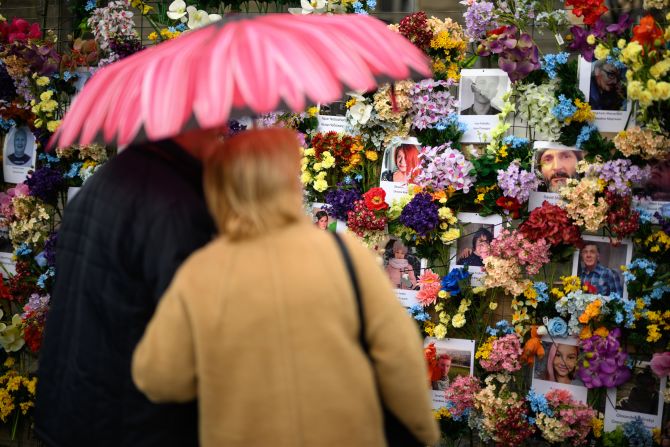
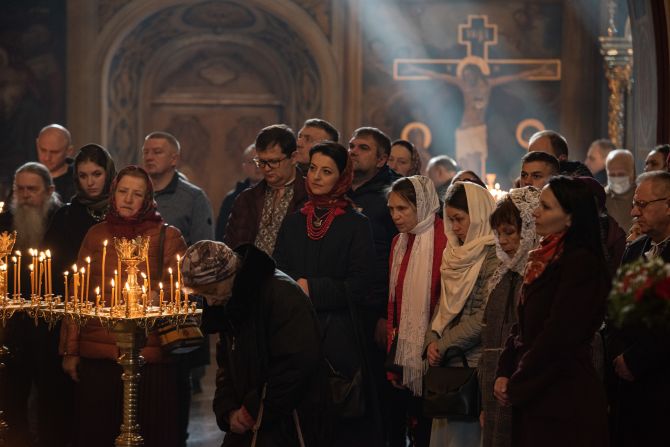
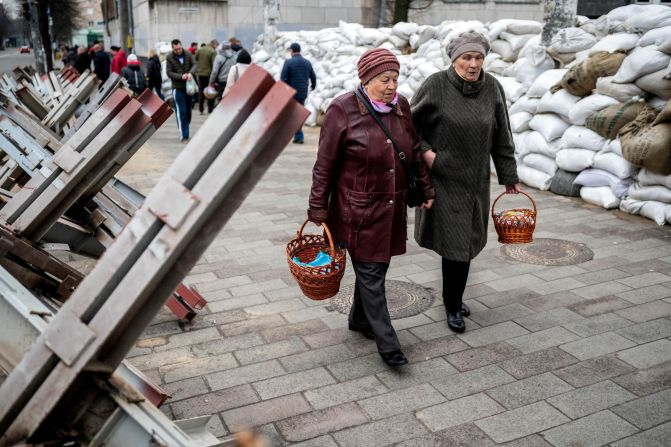
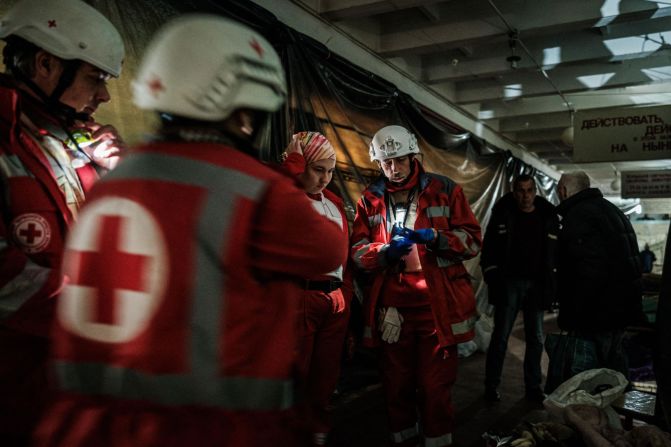
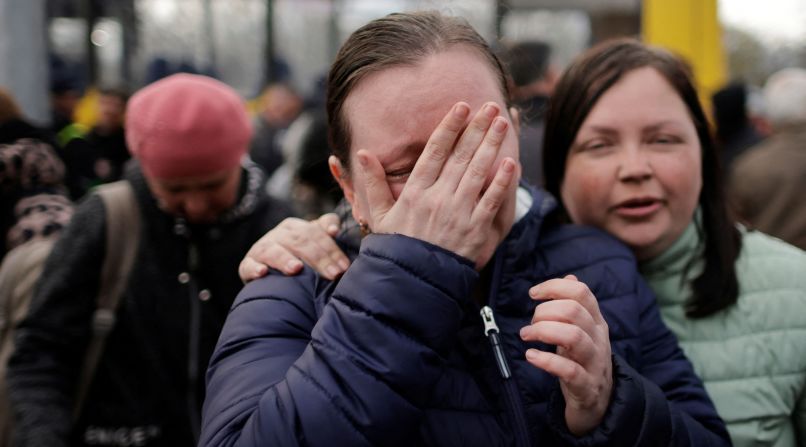
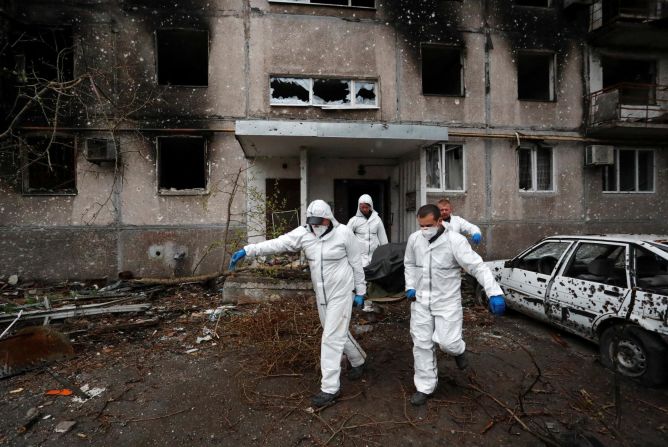
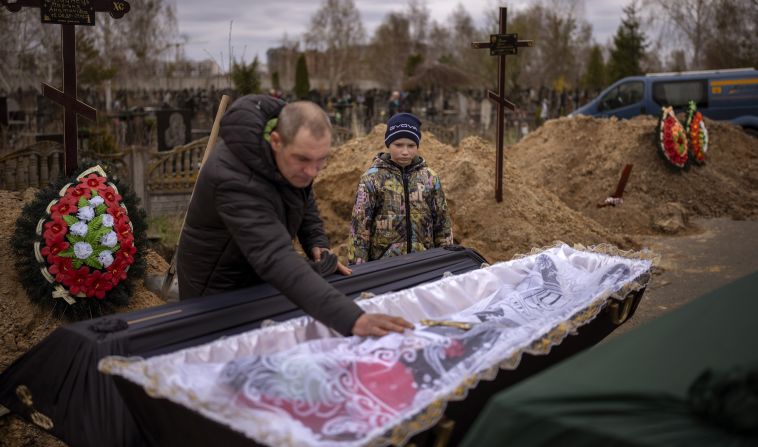
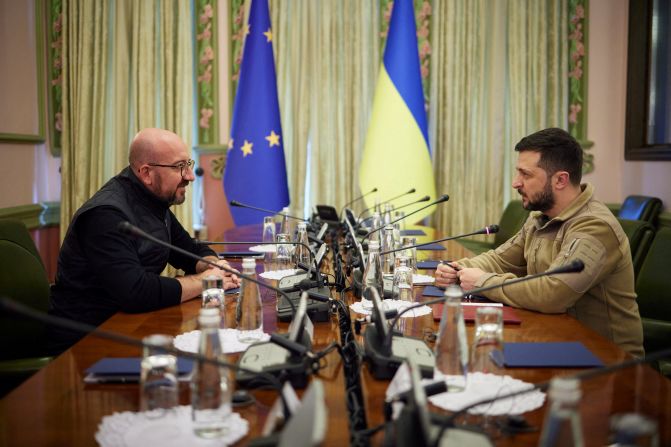
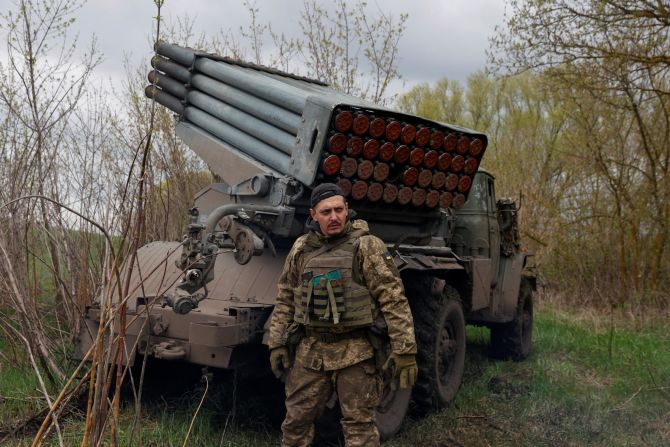
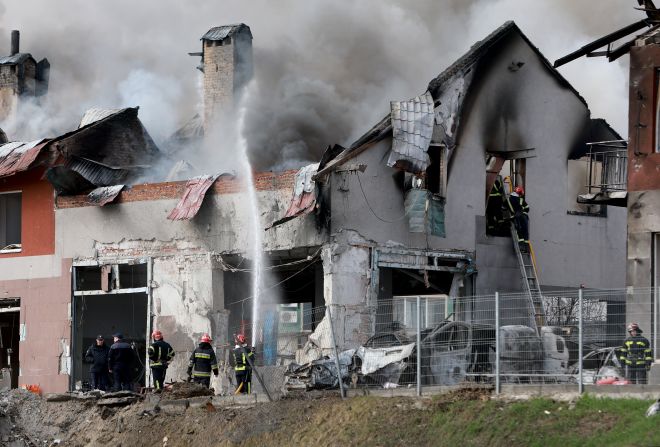
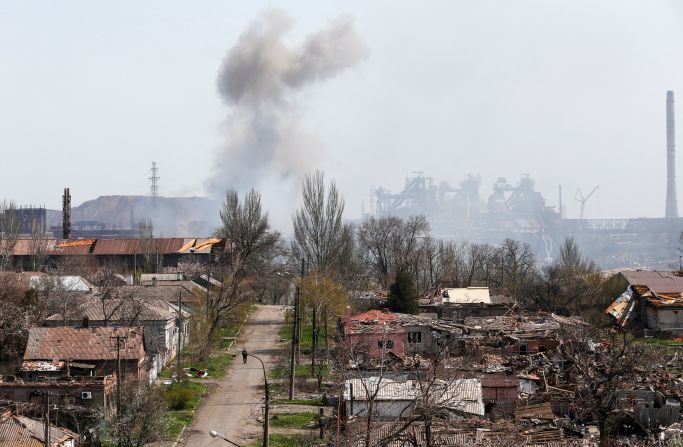
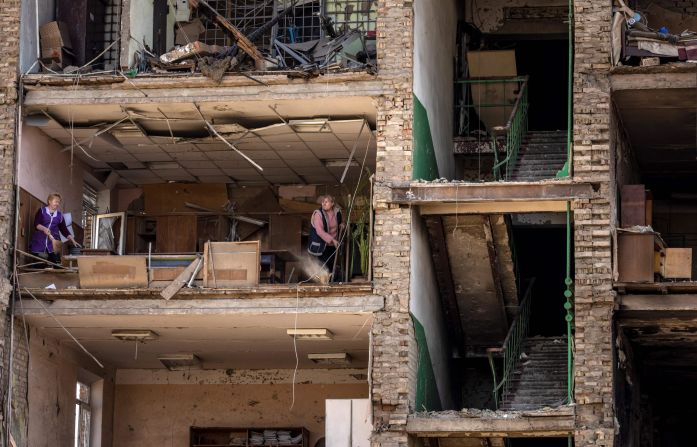

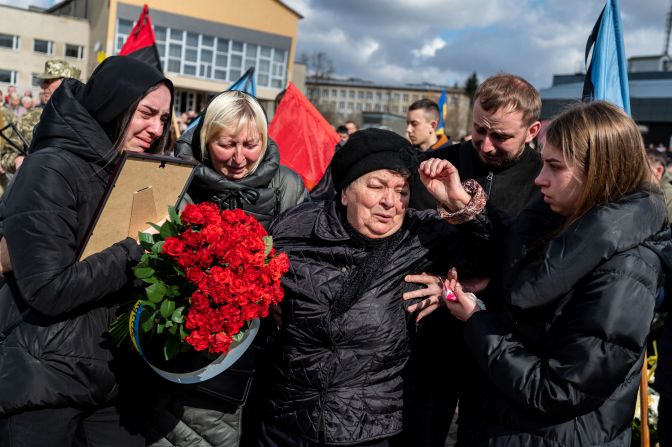
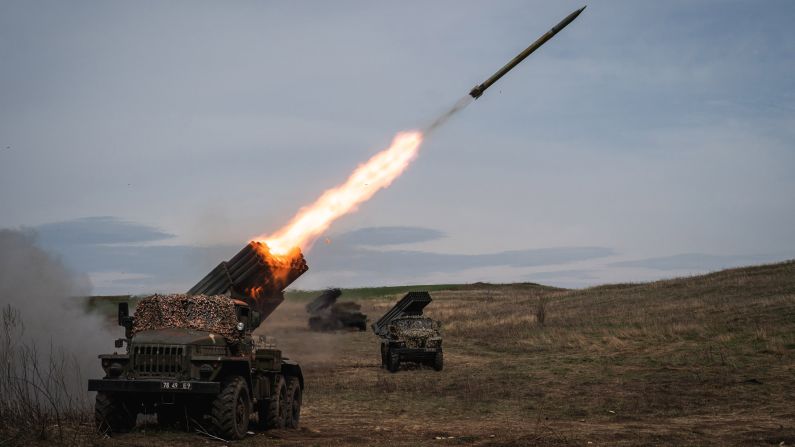


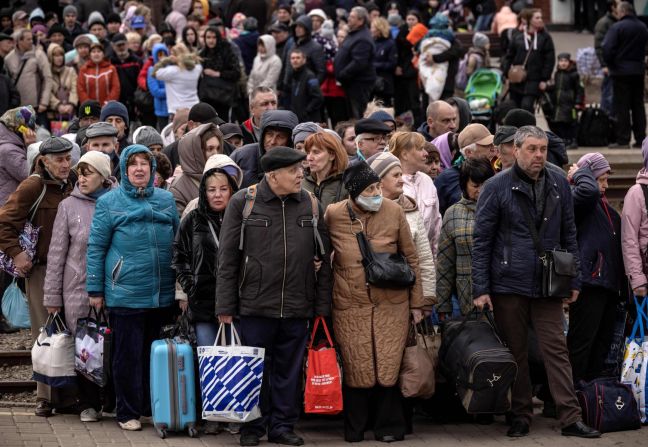
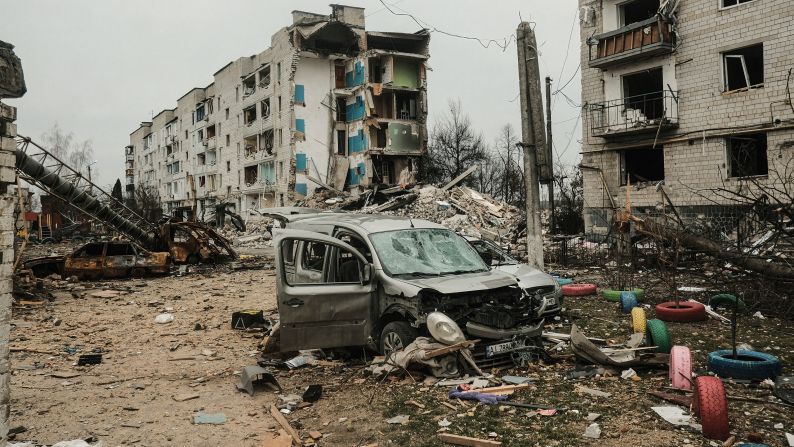
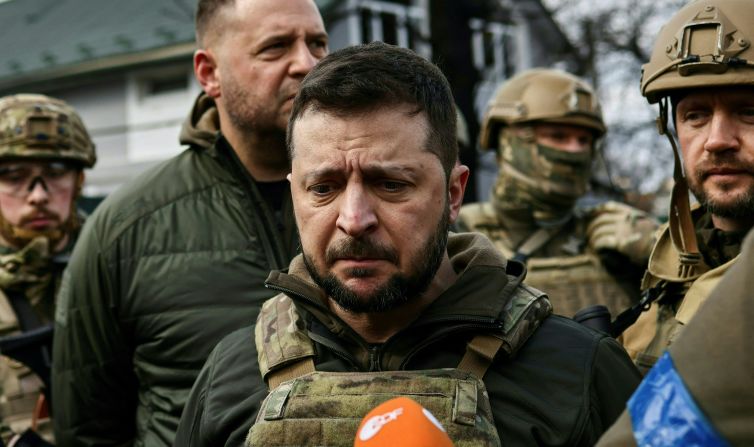
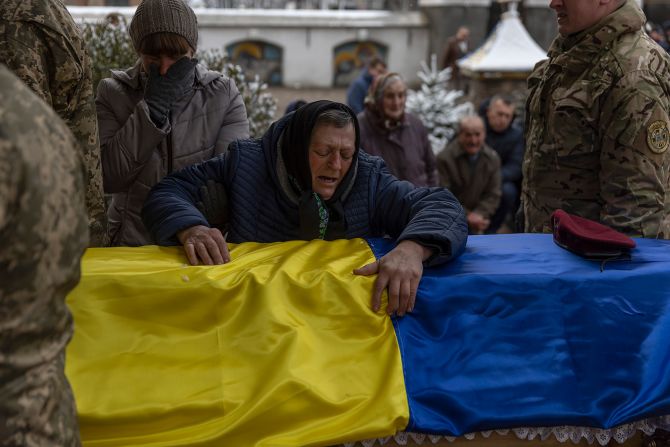
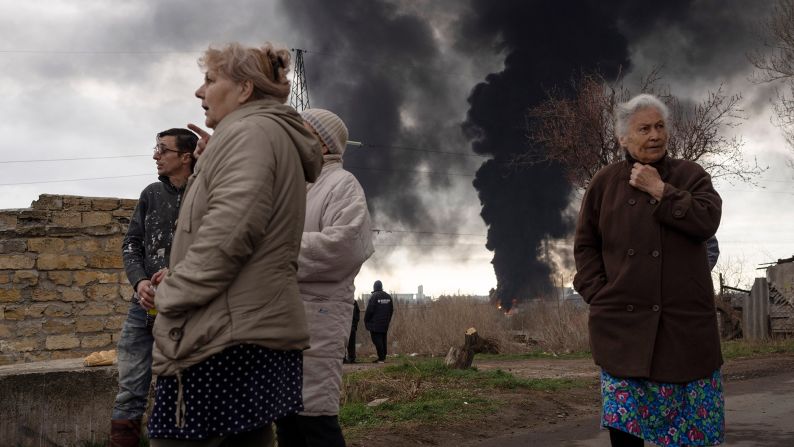
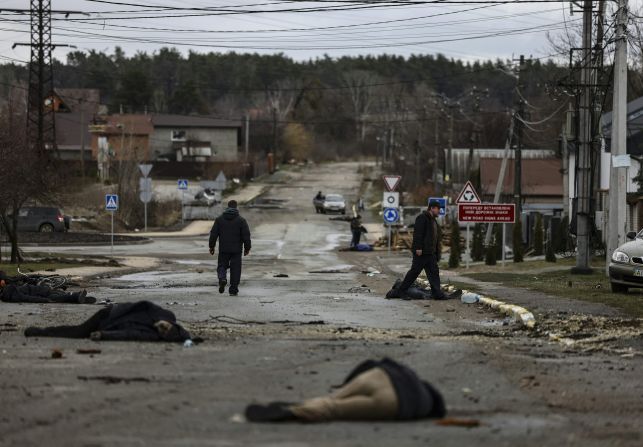
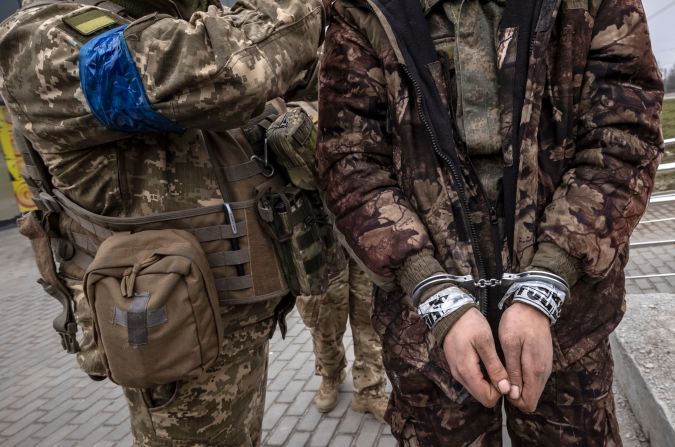
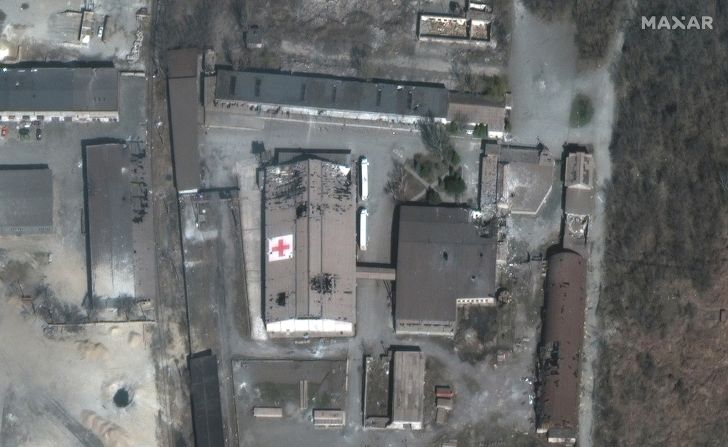

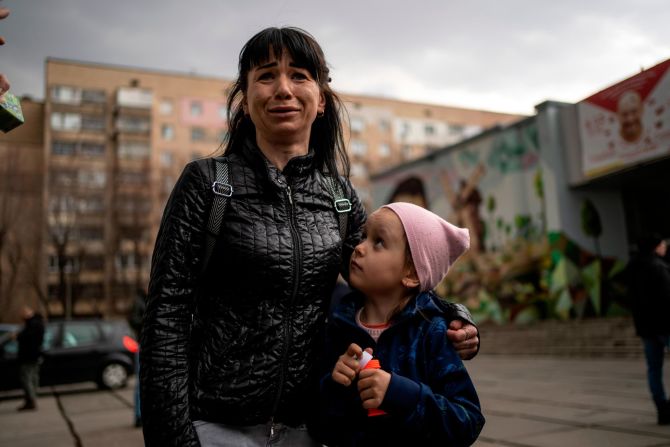
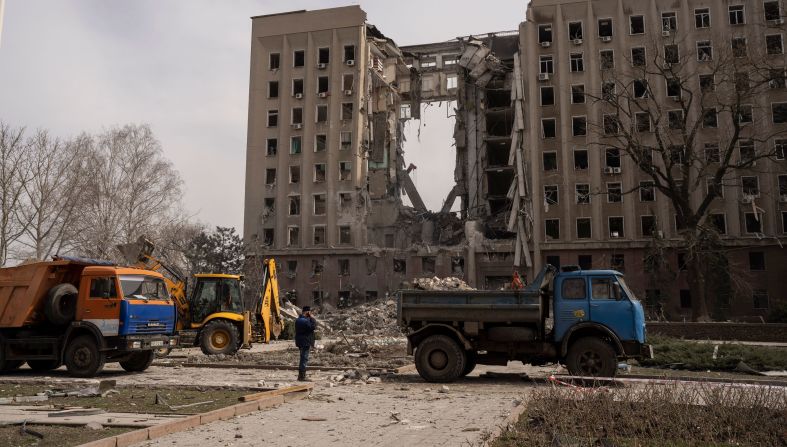
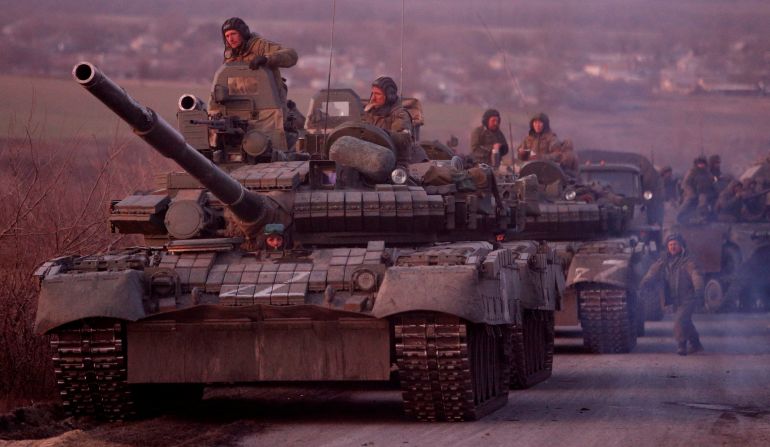


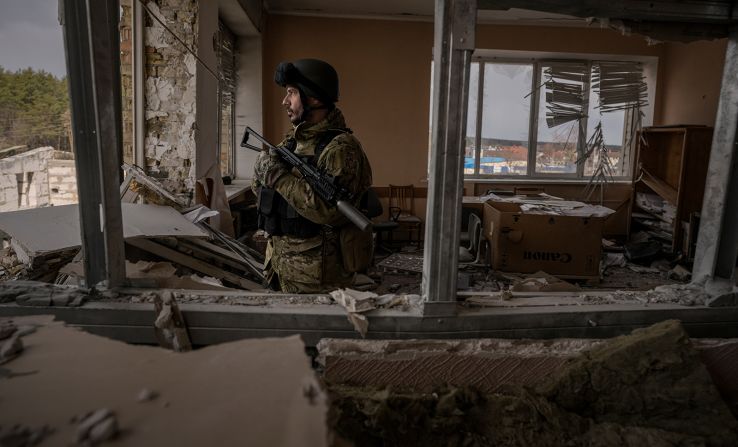
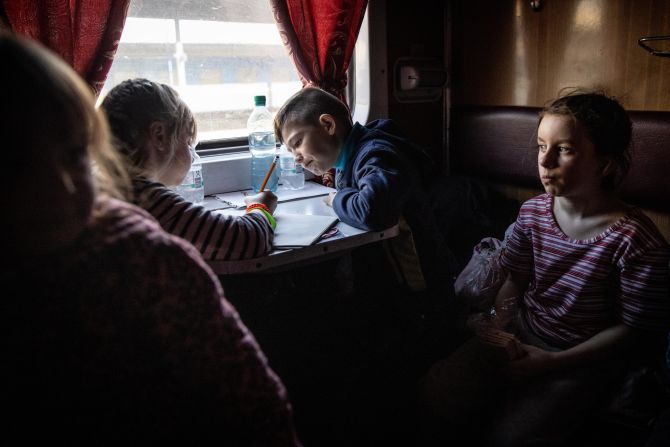
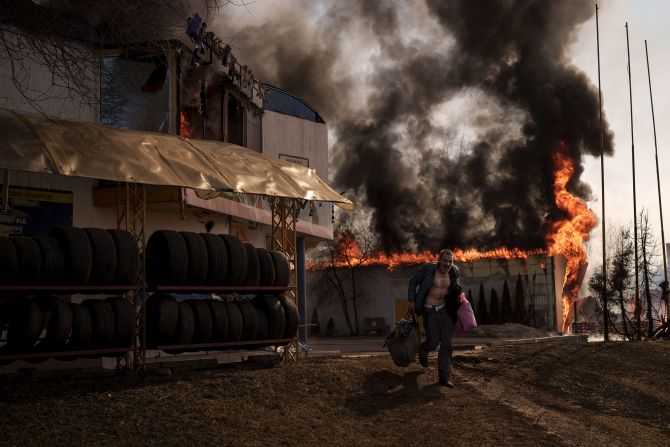
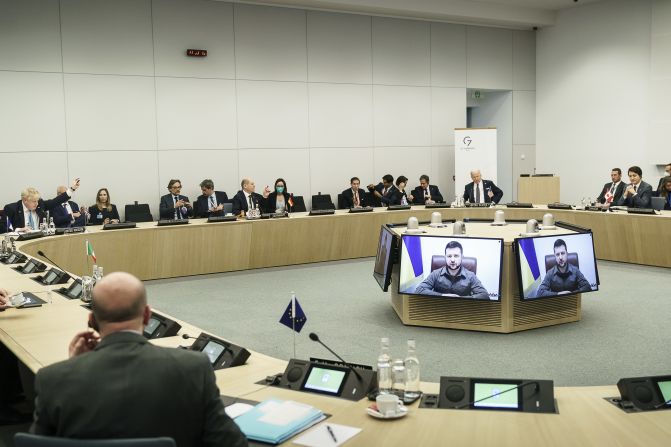
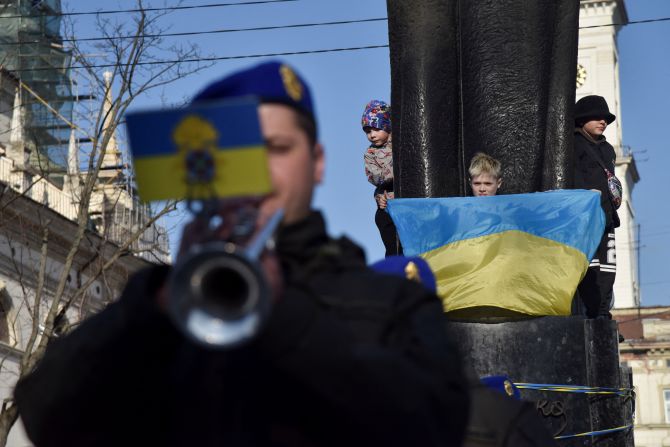
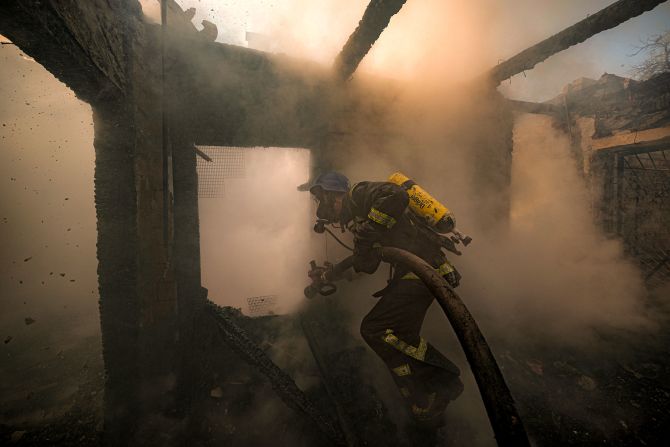


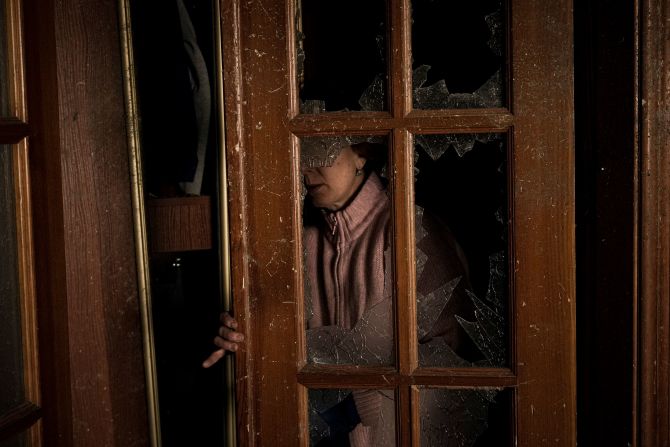
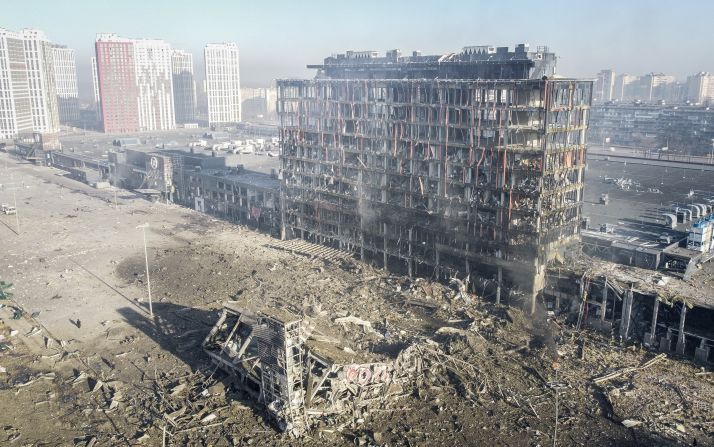

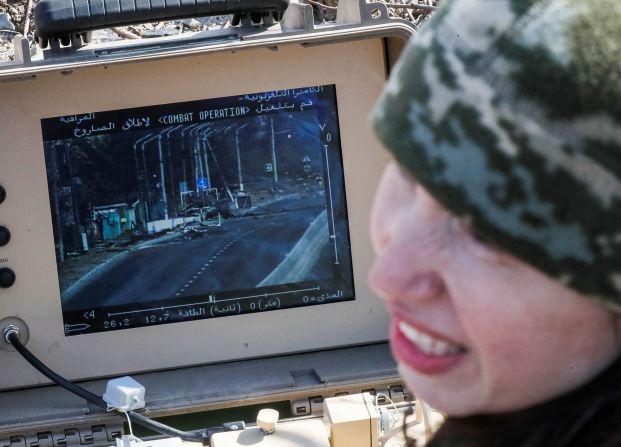


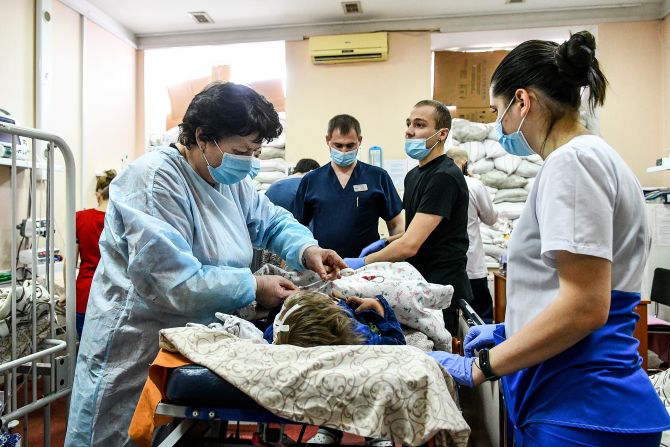
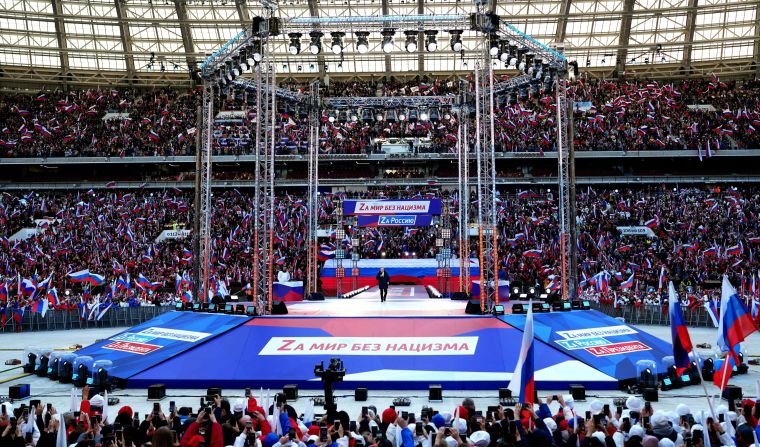

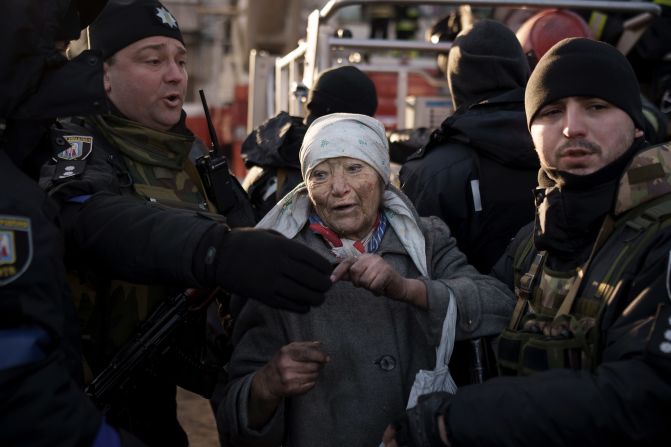
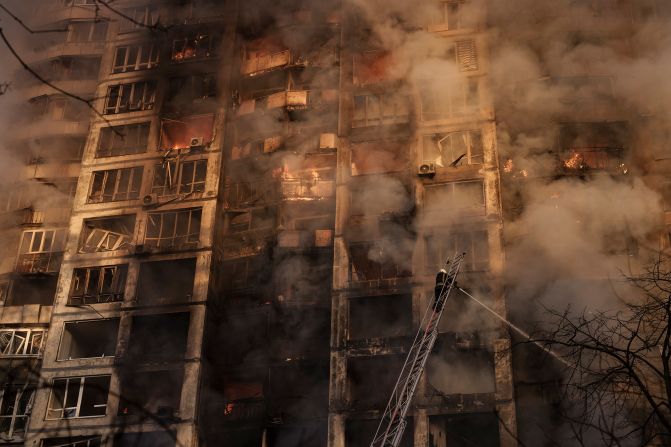
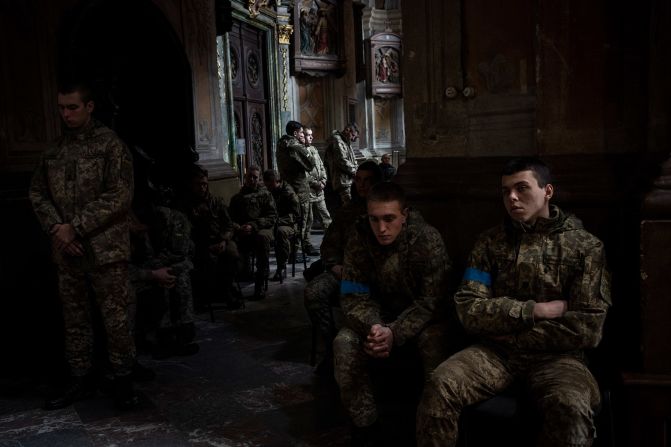



















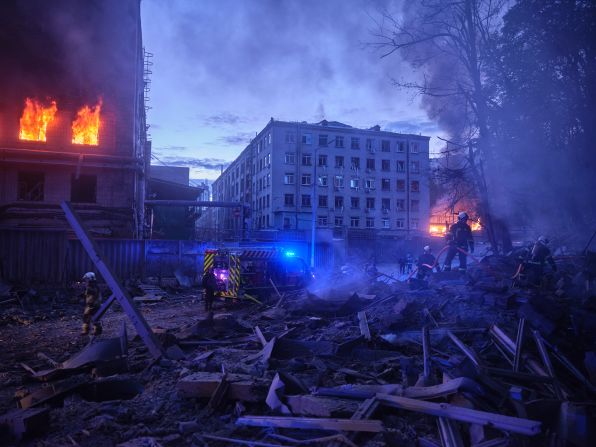
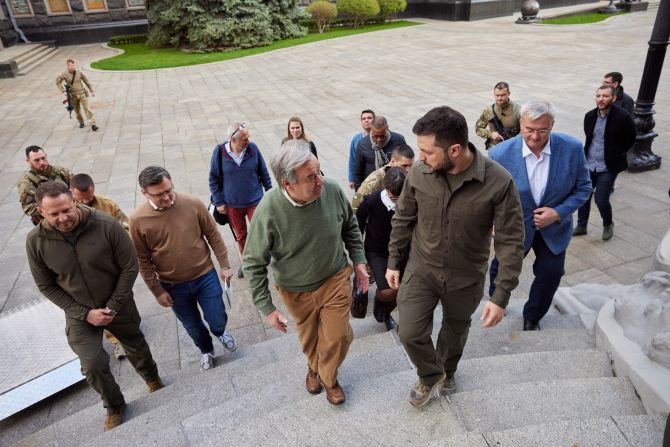

























































































































In pictures: Russia invades Ukraine
There is an element of PR to such costly displays of firepower: Russia is keen to export a version of the Kalibr and it has touted the Kinzhal as being able to elude missile-defense systems.
The UK defense ministry, for one, was dismissive of Russian claims about the Kinzhal’s combat debut, saying its use was “highly likely intended to detract from a lack of progress in Russia’s ground campaign. Deployment of Kinzhal is highly unlikely to materially affect the outcome of Russia’s campaign in Ukraine.”
Such assessments, however, give little solace to anyone on the receiving end of Russian firepower. Dozens were killed Friday in a missile strike on a barracks housing soldiers in Mykolaiv, and Russian long-distance strikes have struck areas far away from the front lines: At least 35 people were killed in strikes on March 13 against the Yavoriv military training ground in the Lviv region of western Ukraine, not far from the Polish border. More than 30 missiles fired from warplanes over the Black and Azov seas hit the base.
Still, Russia has thus far not captured any major Ukrainian city in the offensive: neither Kharkiv in the northeast, nor Odesa in the southwest. Even Sumy and Chernihiv in the north, both of which are just across the border from major military staging areas inside Russia, remain under Ukrainian control. And in Kherson, a medium-sized city in the south under Russian control, Russian forces have faced another protracted problem: Angry locals who gather daily in the central square to tell Russian troops go home. One of those rallies ended Monday with one man seriously injured after Russian troops used gunfire and apparent stun grenades to disperse the crowd.
Military analysts worry about another consequence of this emerging phase of the war: As Russian ground forces become bogged down and make little new progress, their leaders resort more to the indiscriminate and punitive use of firepower against Ukrainian cities.
A March 19 assessment by the Institute for the Study of War gave precisely that grim prognosis.
“If the war in Ukraine settles into a stalemate condition, Russian forces will continue to bomb and bombard Ukrainian cities, devastating them and killing civilians, even as Ukrainian forces impose losses on Russian attackers and conduct counter-attacks of their own,” the assessment read.
“The Russians could hope to break Ukrainians’ will to continue fighting under such circumstances by demonstrating Kyiv’s inability to expel Russian forces or stop their attacks even if the Russians are demonstrably unable to take Ukraine’s cities. Ukraine’s defeat of the initial Russian campaign may therefore set conditions for a devastating protraction of the conflict and a dangerous new period testing the resolve of Ukraine and the West.”
Adding to that gloomy forecast, Ukrainian officials have begun warning of a potential new front in the war, with the country’s General Staff saying Sunday the threat of an offensive from Belarus in the direction of northwestern Ukraine was “high,” without giving further specifics.
Ukraine’s northwestern Volyn region borders Belarus to the north and Poland, a NATO ally, to the west. It could – theoretically – serve as a gateway for attacking forces from the north to approach Lviv, a strategic city in western Ukraine that is a hub for both government logistics and relief efforts, as well as a transit point for many civilians looking to flee fighting in other parts of the country.
Russia has already used Belarusian territory as a launching pad for its invasion, with Russian forces staging an offensive push toward Kyiv and central Ukraine from southern Belarus.
It’s unclear if Belarus would actively join the war. But the Ukrainian General Staff is already warning that Russia is now looking to bring in reserve forces to the borders of Ukraine.
If true, that speaks volumes. It attests to the high cost the Russian military has already paid in terms of lives – even though the Kremlin has not disclosed casualty totals since March 2. And it speaks to the political will of one person – Russian President Vladimir Putin – to continue expending blood and treasure in Ukraine.






